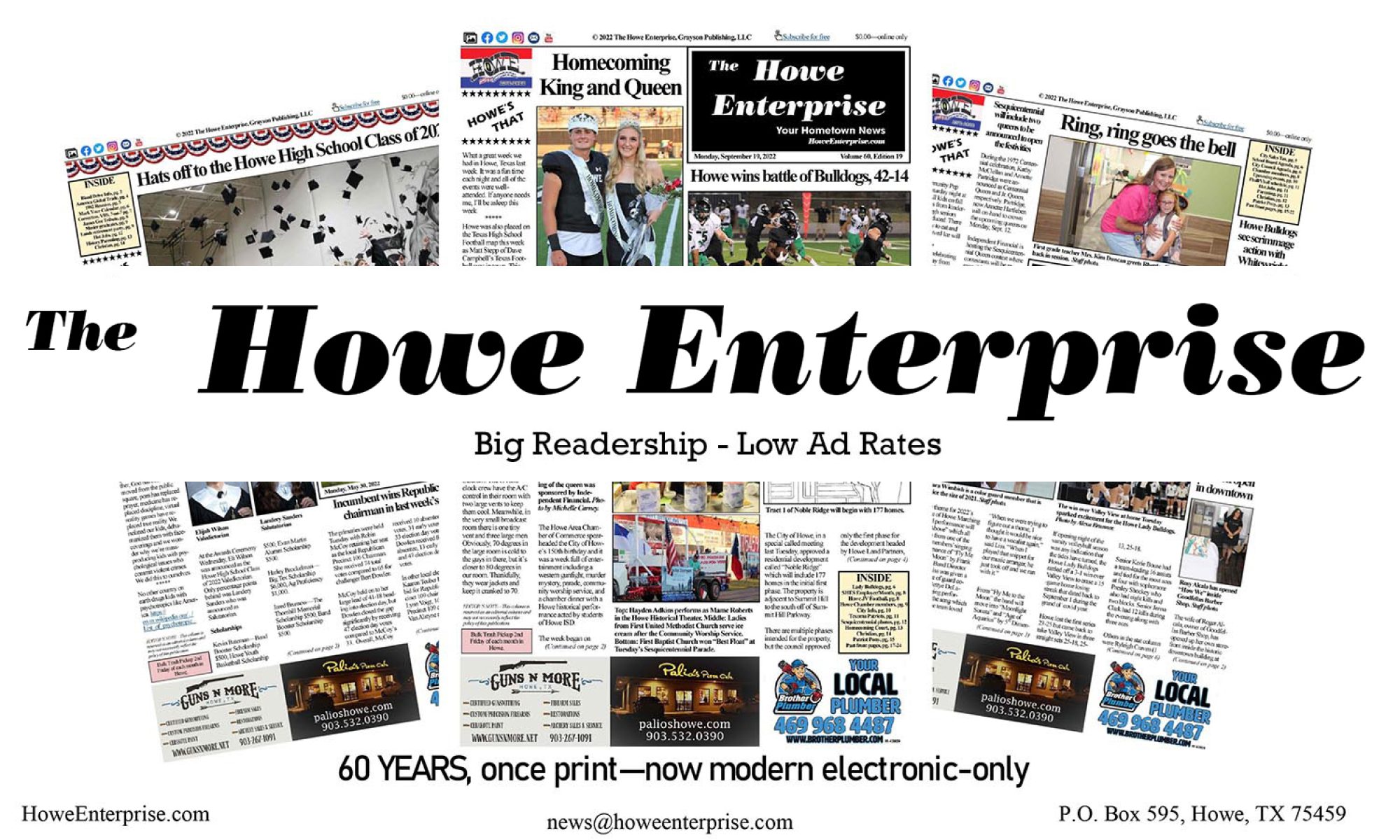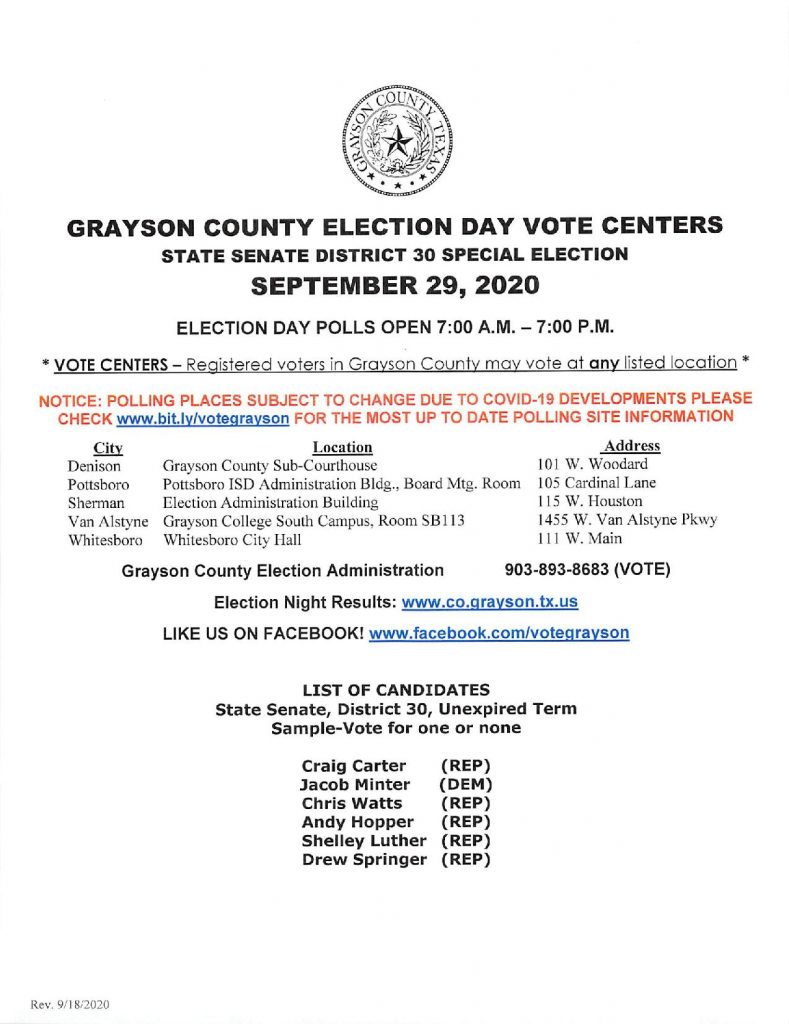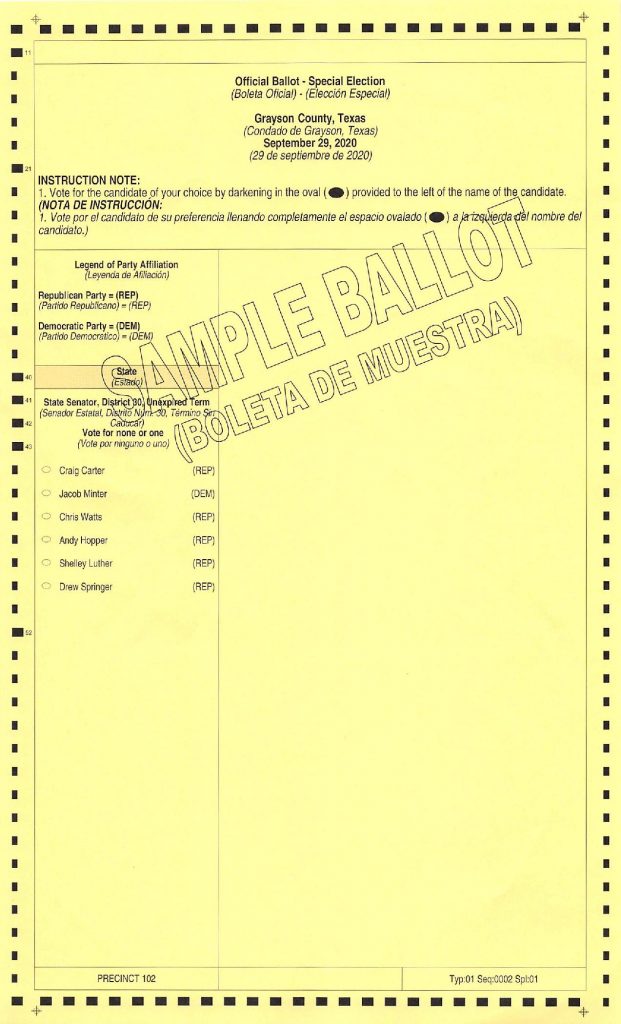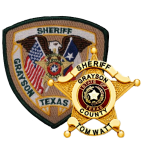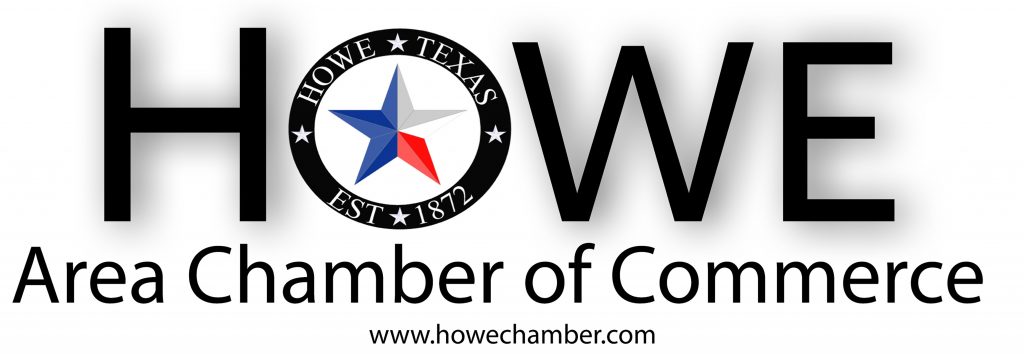The Texoma Earth Day Festival planners will offer a one-time recycling event in Sherman on October 24, 2020 from 9:00 am to 1:00 pm. Community members will be able to bring a wide variety of materials to the Sherman City Hall South Parking Lot at the corner of Pecan and S Elm Streets. The event is free to the public, and no proof of residency will be required.
A wide variety of materials will be accepted for recycling:

The Sherman Police will collect unused and expired prescription medications, over the counter drugs and pet medications. Keeping our water free from chemicals is one way to help ensure the health and safety of our water sources. Research has shown that pharmaceuticals—including prescription drugs—are present in our nation’s water and may cause environmental harm. Keeping our water clean is an important public health goal.
Mobile Shred It will provide shredding services for sensitive documents for individuals only. Those who need to have documents shredded will need to unload their vehicles and drive off the parking lot. Due to social distancing requirements, no one will be able to stay to watch their documents shredded. The shredding event is not intended for businesses. Participants will be limited to the back of a truck or interior of a car. No trailers of documents will be accepted for shredding. The shredding event is sponsored by Douglass Distributing.
Keystone Enterprises will provide electronic waste collection. They will accept anything that has had a current running through it, including small appliances, electric and battery-operated lawn equipment, batteries and battery chargers, lighting, fans, televisions and monitors of any kind, and large appliances. Refrigerators and air conditioners must be drained of freon before they are brought to the site. For a full list of materials accepted, visit our website or the Facebook event.
Strategic Materials will provide a container for glass bottles and jars of any color. Plate glass and glass dishes, bakeware and cookware will not be accepted. Strategic Materials processes recycled glass for use in a wide array of products, creating efficiencies for their customers while conserving earth’s natural resources. Glass takes 1,000,000 years to fully degrade in a landfill. Recycling glass takes 30% of the energy required to produce new glass from raw materials. A six-pack of beer bottles creates enough fiberglass insulation to fill a standard wall cavity. The container from Strategic Materials will be on the parking lot from Friday October 23 through Sunday October 25. Individuals and businesses are invited to bring glass bottles and jars to add to the container at any time during the weekend.
Choctaw Nation is a leading recycling partner in Texoma. They will provide a container and will accept Styrofoam, paper (even shredded paper), flattened cardboard, plastics 1,2&5, ink and toner cartridges, cell phones. Cardboard boxes from the shredding event will be flattened and added to the Choctaw Nation container. The container will also sit on the parking lot over the weekend, and individuals are invited to add to it over the weekend.
While the containers for Strategic Materials and Choctaw Nation will remain on the parking lot until Monday morning, the other recycling events are restricted to the event hours.
Due to social distancing restraints, we will have a minimal number of volunteers on site. Recycling participants should expect to unload their own materials. Masks will be required. Those leaving documents to be shredded will not be allowed to stay on site to watch.
For more information, please check our website www.earthdaytexoma.org
